Internships
- Year M1
Period: 8 weeks (January to February)
Evaluation: Writing a 20 pages report (to be returned at the end of May), oral presentation in front of a jury (early June)
Subject examples :
BOP :
- Assessment of the ecological quality of seven estuaries using a sentinel species: the European flounder (Platichthys flesus) (Colleen Guinle)
- Mate choice, reproductive success and population indicator on MHC-2 sequences in Oncorhynchus mykiss Californian population from Scott creek (Romain Gonzalvez)
- What are microorganisms bacteria present in the biofilm of Sargassum rafts in the Caribbean? (Maud Paranthoen)
- Study of the domoic acid location, produced by the toxic diatom Pseudo-Nitzschia, in the pectinidae tissues by immunochemistry (Adeline Marzari)
- Impact of the climate and different internal factors on the phenology of a marine bird (Rissa trydactila) (Yohan Tapin)
- Study of the diversity of young mangrove crabs by molecular taxonomic identification (Quentin Andreotti)
- Monitoring of viral infection of a diatom Guinardia delicatula by confocal microscopy (Cyprien Camplong)
- Study of the sardine density energy variations and their links to reproduction and the environment. (Héloïse Guillou)
- Effects of magnetic fields produced by submarine power cables on the filtration activity of the blue mussel (Théo Champion)
- Study of the bioenergetics of black scallops (Mimachlamys varia) in Brest harbour (Laura Fradet)
EM :
- Study of the survival of Haliotis tuberculata to global warming according to their behavioural profile.
- Growth and longevity of Glycymeris glycymeris in the Iroise Sea
- Inventory and identification of ray populations in Fort-de-France Bay (Gabrielle Cotonea)
- Effect of wave exposure on macrofauna communities associated with intertidal algae.
- Study of the relationships between phytoplankton and benthic filter-feeding bivalves: application to the cupped oyster, Crassostrea gigas. (Antoine-Peio Uhart)
- Study of the incorporation of carbon and nitrogen, using istopy technique, in Cassiopea sp., a jellyfish which lives in symbiosis with Zooxanthellae. (Kenza Wahbi-Fusier)
- Morphological patterns in the shell of 4 intertidal gastropod species according to hydronamism. (Julie Cornet)
- Spatial variability in length structure of the gastropod Shinkailepas tollmanni, associated why hydrothermals back-arc basins of West Pacific (Annah Ramière)
- Study of the bioindication capacity of marine phanerogams from the island of Mayotte (Clarisse Goar)
- Effect of wave exposure on macrofauna communities associated with intertidal algae (Laura Febvre)
- Effect of water warming on Haliotis tuberculata behaviour (Nolwenn Solsona)
- Long term variability in macroalgae communities associated with maerl beds in a context of anthropic perturbations (eutrophication, dredging) (Mathieu Helias)
- Crimora papillata
- Behavior of the macrofauna associated to Bathymodiolus azoricus mussel bed at 1700 m deep, from the Lucky Strike vent field (Mid-Atlantic Ridge) (Maïlys Villiers)
SHA :
- Spatiotemporal variations of stress levels in juveniles of european seabass. (Jennyfer Mourot)
- Ecology and exploitation of small pelagic fish little caught by the French fleet. (Nina Moulin)
- Population dynamics of Donax on the Blancs Sablons beach, a long-term study.(Camille Sautereau)
- Distribution of Haliotis tuberculata habitat on the French Atlantic coast (Benjamin Flais)
- Creation of tools allowing the monitoring and management of exploited Laminaria hyperborea forests (Lucas Knab)
- Caracterisation and cartography of nursery of seabass juvenils along chanel and bay of Biscay. (Maël Gernez)
- Alternative for artemia in larval shrimp farming of Litopenaeus vannamei (Yas Farjad)
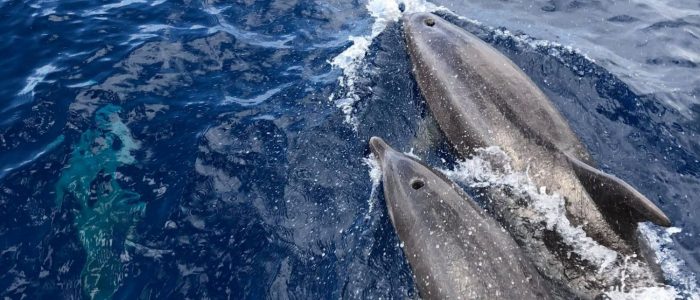
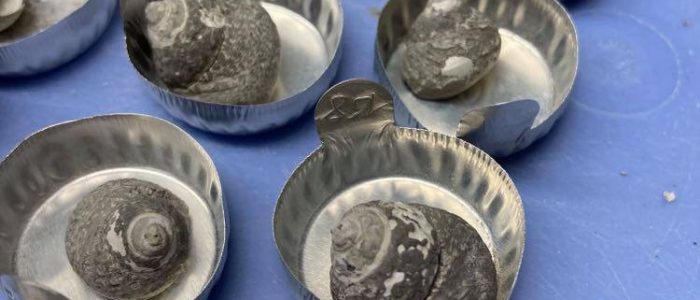
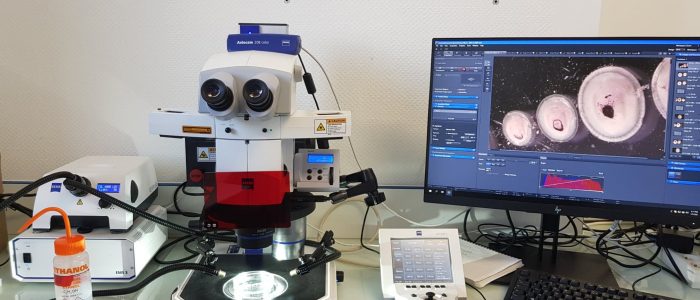
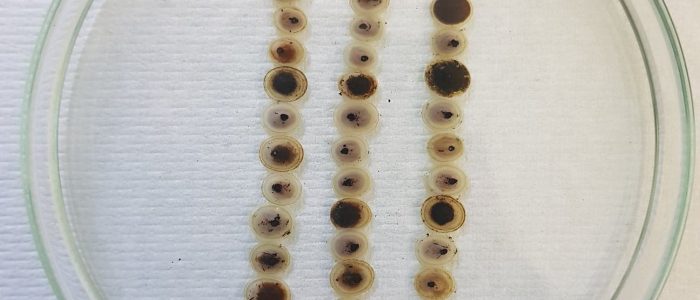
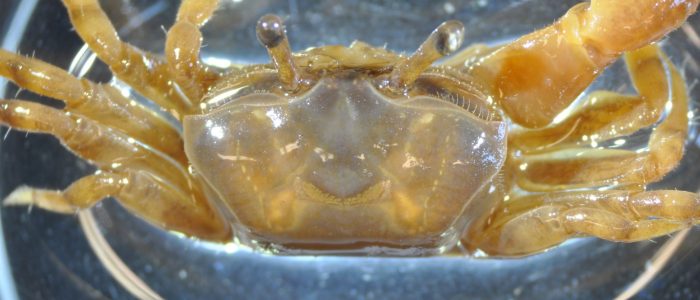
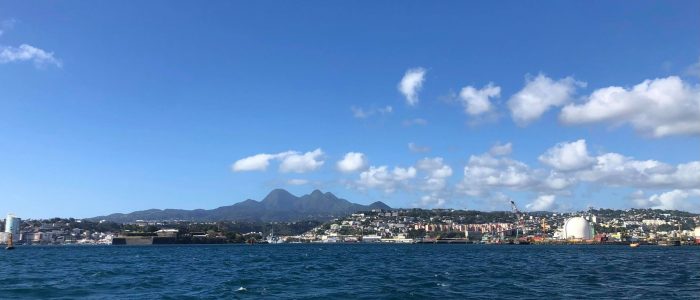
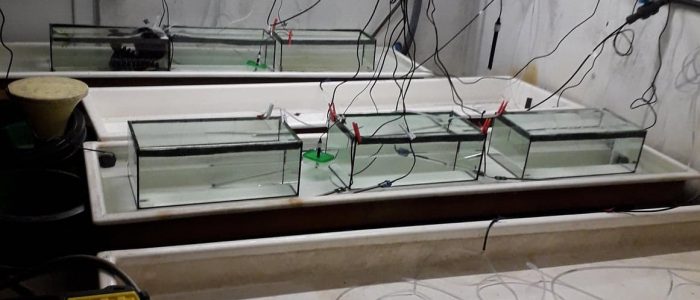
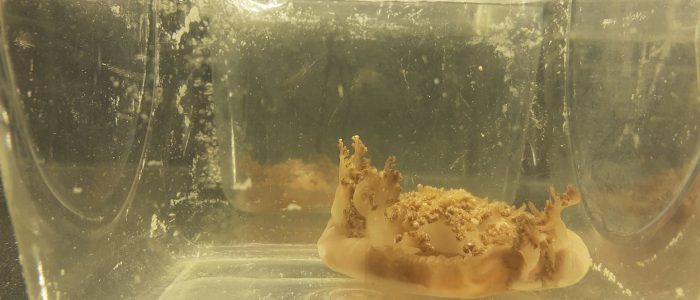
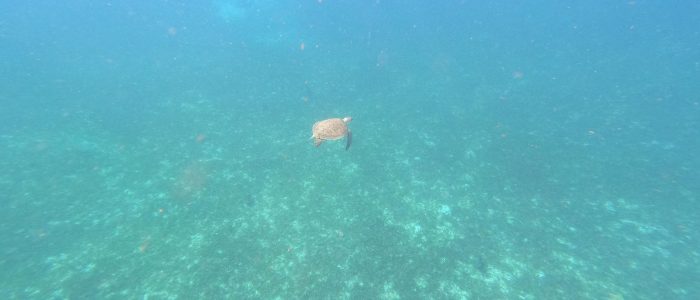

 Attention, vous utilisez un navigateur peu sûr !
Attention, vous utilisez un navigateur peu sûr !